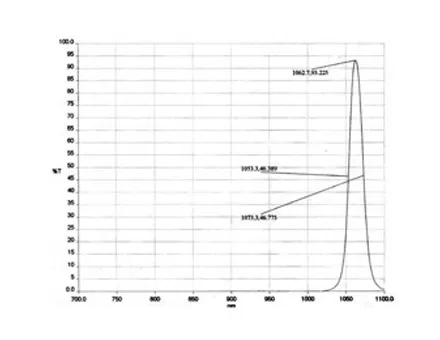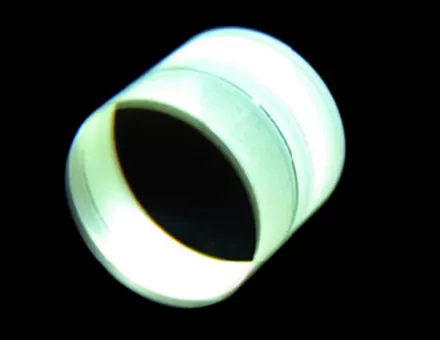Fused silica, a high-purity form of glass, is renowned for its clarity and exceptional optical properties. With its vast range of applications in various industries, it is crucial to understand the refractive index of fused silica for further advancements. In this blog, we will delve deeper into this fascinating topic, exploring the properties, significance, and potential applications of the refractive index of fused silica.
Introducing Refractive Index Fused Silica and its Impressive Properties
Fused silica is a high-quality, non-crystalline form of silicon dioxide (SiO2), derived from the fusion of pure silica sand. Its unique manufacturing process ensures low impurity content, resulting in exceptional optical transparency, mechanical strength, and chemical stability. These properties make fused silica highly desirable for applications in optics, telecommunications, and precision industries.
Understanding the Refractive Index Fused Silica
The refractive index fused silica is a fundamental property that characterizes the behavior of light as it passes through a medium. In the case of fused silica, the refractive index measures how much the speed of light is reduced when it encounters the material. Fused silica possesses a high refractive index, typically around 1.45 to 1.46, indicating a significant reduction in light speed compared to a vacuum.
The refractive index fused silica plays a crucial role in determining its optical properties, such as light transmission, dispersion, and reflectance. A high refractive index enables efficient light bending, making it a valuable material for lenses, prisms, and fiber optics. Moreover, the low dispersion of fused silica allows for accurate color reproduction and minimal distortion, making it ideal for precision optics and imaging systems.
Applications and Future Prospects of Fused Silica
The outstanding optical properties of fused silica have led to its wide-ranging applications across various industries. In the field of telecommunications, the high refractive index of fused silica is utilized in optical fibers to efficiently transmit data over long distances with minimal loss. Fused silica lenses are also commonly used in microscopy, laser systems, and astronomical telescopes, contributing to sharper imaging and enhanced resolution.
Moreover, fused silica's exceptional resistance to thermal stress and chemical corrosion makes it an excellent choice for high-temperature applications, such as semiconductor manufacturing and aerospace engineering. Its low coefficient of thermal expansion ensures minimal deformation under extreme temperature variations, ensuring reliability and longevity.
Looking ahead, the refractive index fused silica continues to open new possibilities in emerging technologies. As industries demand higher precision and efficiency, fused silica's optical advantages make it a key material for advanced optics, virtual reality devices, and cutting-edge medical imaging systems. Additionally, ongoing research aims to further optimize the refractive index of fused silica through innovative manufacturing techniques, paving the way for even more groundbreaking applications in the future.
The refractive index fused silica holds significant importance in various industries, enabling the creation of crystal clear optical systems with minimal distortion and enhanced performance. Its exceptional properties, including high transparency, mechanical strength, and chemical resistance, make fused silica an indispensable material for diverse applications. As technology continues to advance, the refractive index of fused silica is set to bring further improvements in optics, telecommunications, and precision industries, fostering an era of crystal clear insights.


















 EN
EN



